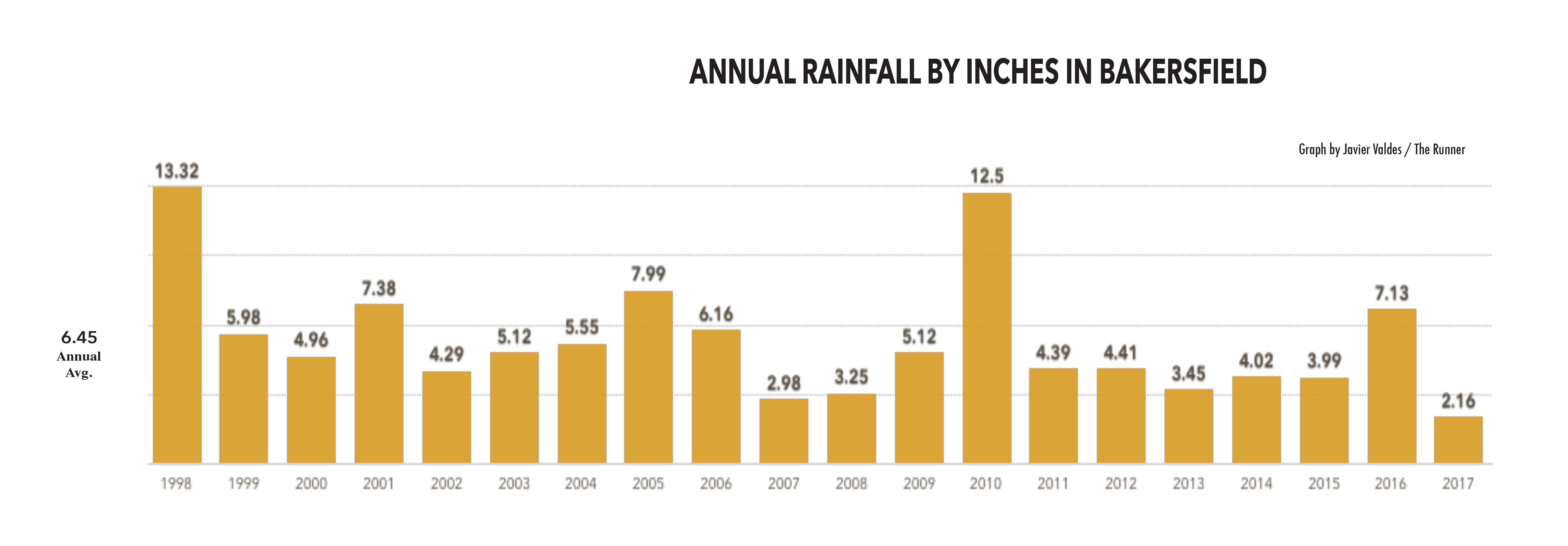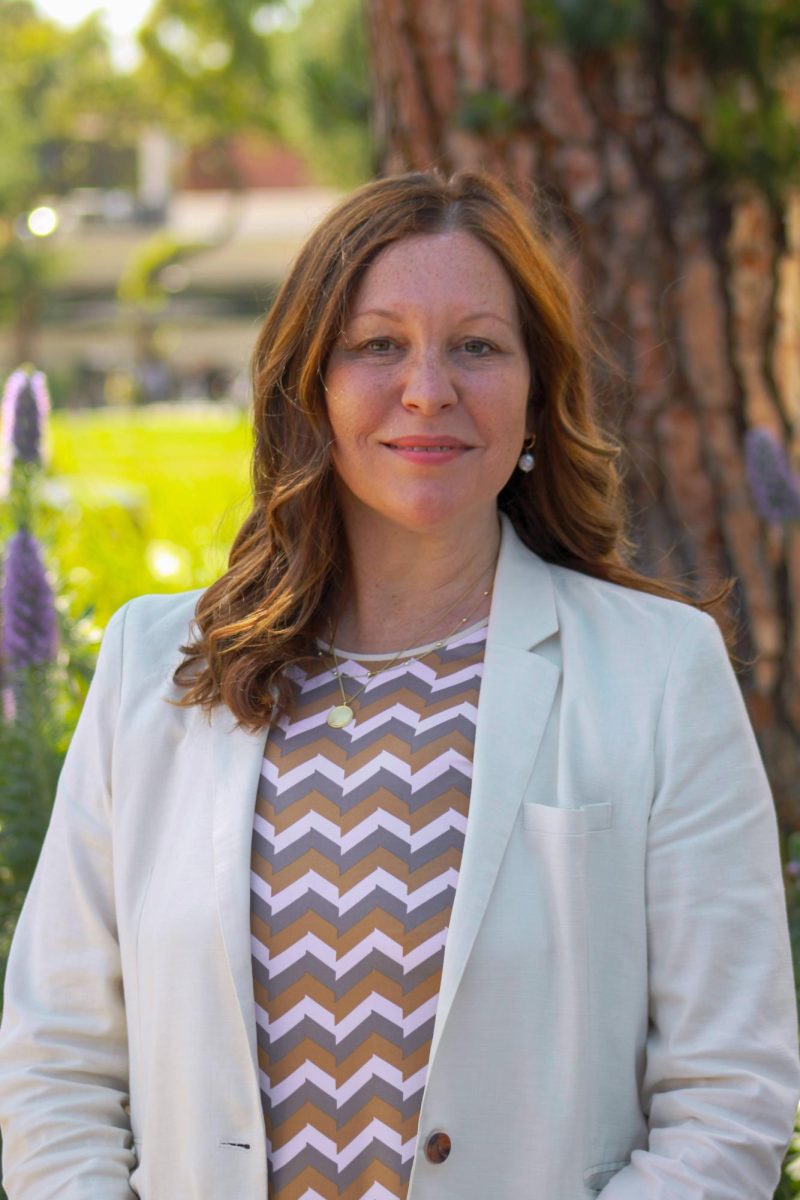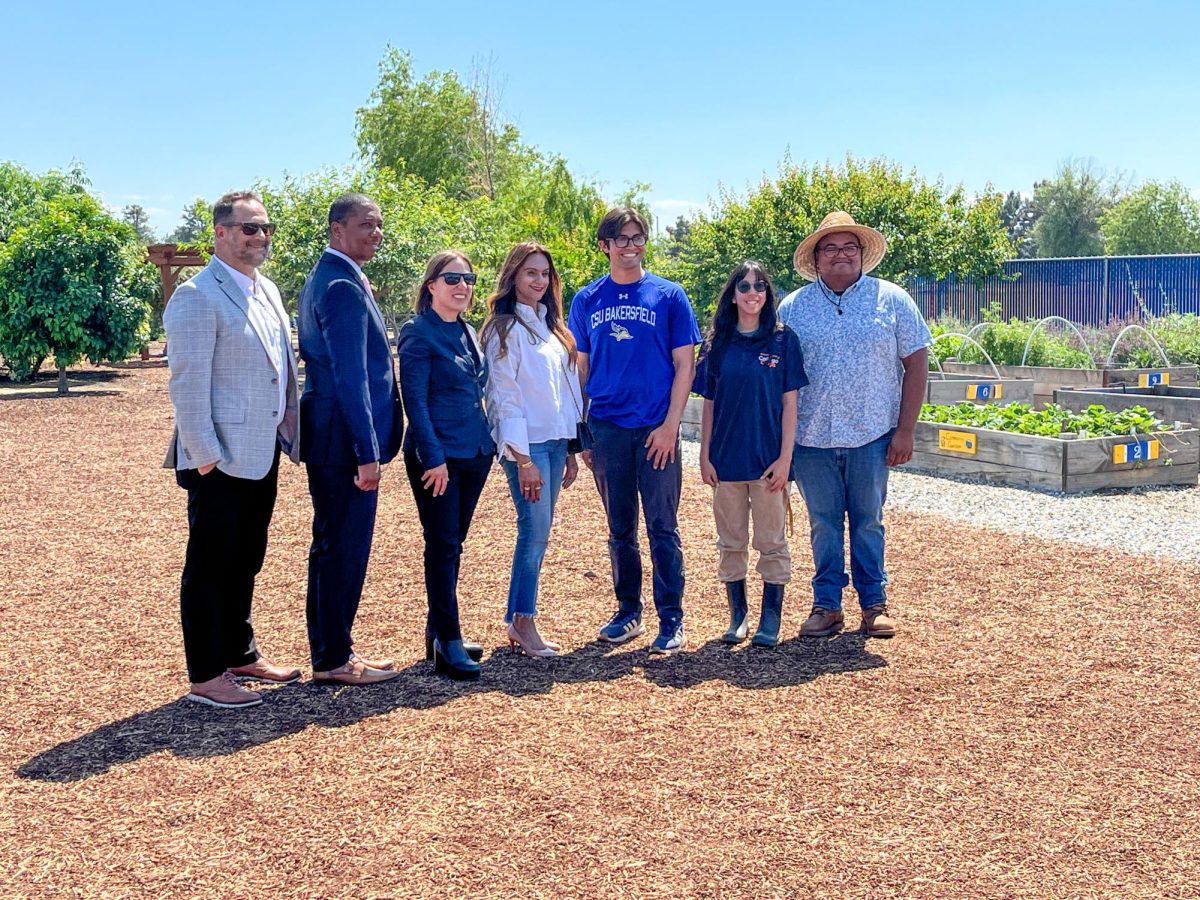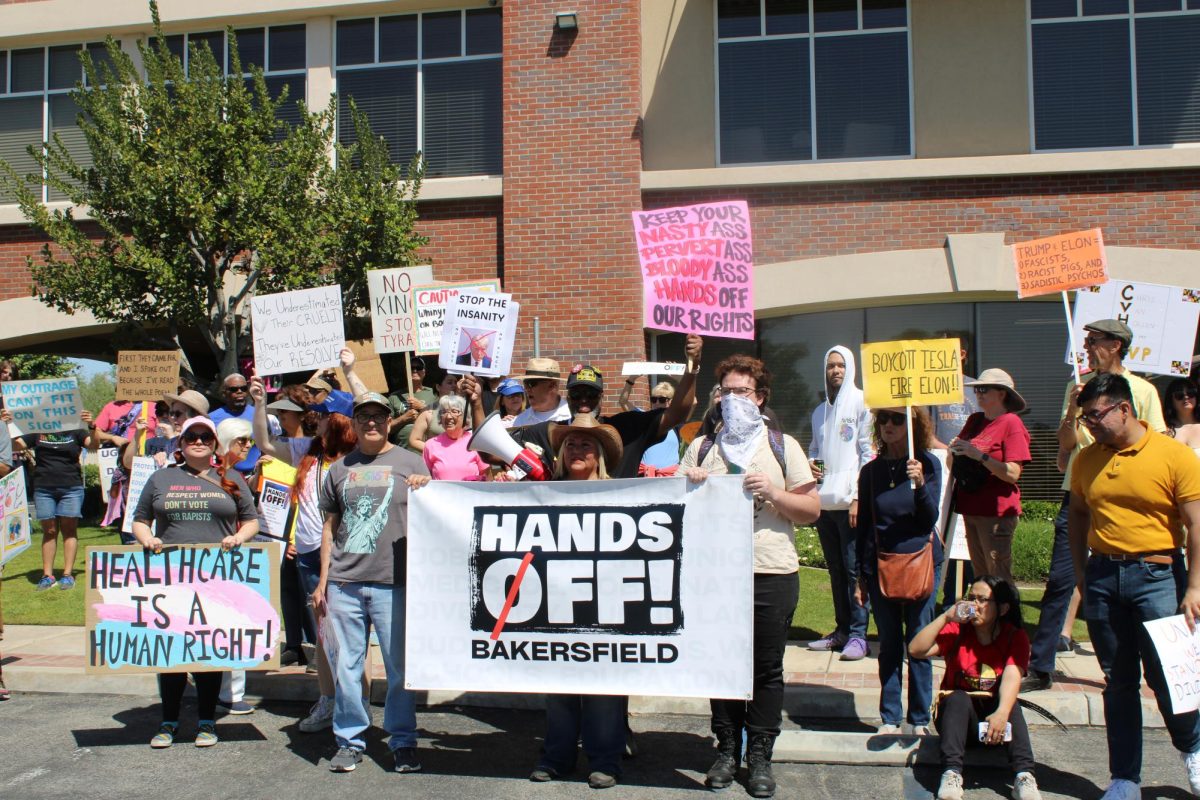Assistant News Editor
California drought conditions have changed drastically in the last year, taking the state out of its dry spell for the first time in five years.
In the last three months alone, 21.04 percent of the state has been brought out of the danger level. But according to the National Drought Mitigation Center, most of California is still within the ‘abnormally dry’ and ‘moderate drought’ levels.
The mass amounts of rain have brought many of California’s rivers, reservoirs and dams to the brink of spilling over. And in the extreme case of Oroville, with the rains causing the dam to overflow, the emergency spillway was deployed.

The use, which created massive damage to the length of the spillway, is expected to cause millions of dollars in repairs.
With the rising water levels, surface water has more than doubled with recent weather. Records from the United States Geological Survey say that most streamflow is ranked between 76 to 90 percent over normal capacity.
On Feb. 8, the State Water Resources Board announced that it is extending the emergency drought regulations, according to The Los Angeles Times.
Despite all the weather that California has been receiving, California’s groundwater is still at record lows.
Groundwater is an essential aspect for determining the state of the drought, which is recorded here on the CSU Bakersfield campus.
According to Dirk Baron, the chair of the geology department, CSUB has been keeping yearly records of the wells that have been around campus since the 1950s. And that does not change this year.
On Feb. 21, students made their way out to these wells to collect data on their elevation.
“It’s dropped over 100 feet, maybe 120 feet or so during the last few years during the drought, and that’s going to take a lot of time to recover,” said Baron.
Another essential aspect to the status of the drought is the snowpack gathered in the Sierra Nevada Mountain range, which provides 30 percent of the water used by California, according to USGS.
The runoff created from the snowpack will be measured on April 1 to gain a better understanding of the winter water’s effects on California.
Until the surface water, groundwater and snowpack are all back to normal levels or above, California will remain in its drought, which is the reason for the state’s decision to keep the water restrictions and regulations in place from last year.
For the City of Bakersfield, this required a usage under 13 percent of the 87.313 billion gallons used in 2013 as approved by the State Water Resources Control Board. This allowed the city some ease, for their previous requirement was to use under 36 percent of the water consumed in 2013.
“Last year, when the restrictions were eased, were able to maintain about a 21 percent reduction,” said Facilities Management Vice President Patrick Jacobs on CSUB’s own water usage.
Jacobs and his team have worked hard to change their practices on how to conserve water on campus, such as investing in a computerized central irrigation system, which adjusts its water usage based on daily weather. The additions of artificial turf along walkways and drought-friendly landscaping about campus have also contributed to water conservation.
With the announcement of more water-safe plants on campus, Jacobs also said that even when the restrictions lift, they will still be able to maintain their 20 percent usage.
At 0.91 cents and 232 gallons of water used per one hundred cubic feet, CSUB spent about $211,000 on water, saving the school about $64,000 last year alone.
As rain continues to fall on CSUB students, there is still the strong opinion of CSUB students that water should continue to be conserved by all California residents.
“Just because we have water now doesn’t mean that we shouldn’t save it,” said first-year student Melissa Davis.
Davis further expressed her support of the extended restrictions with the idea of preserving water in case of another dry year.
While the great amount of rain that California and Bakersfield have been receiving may not mean the drought is over, it is a step towards replenishing the state in the years to come.







